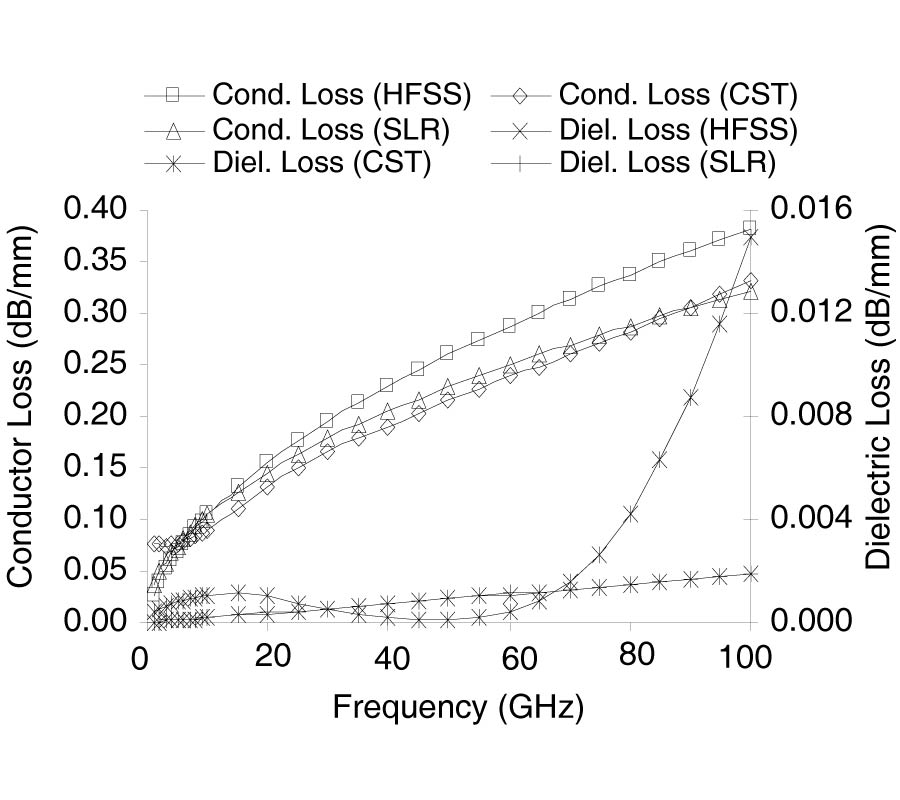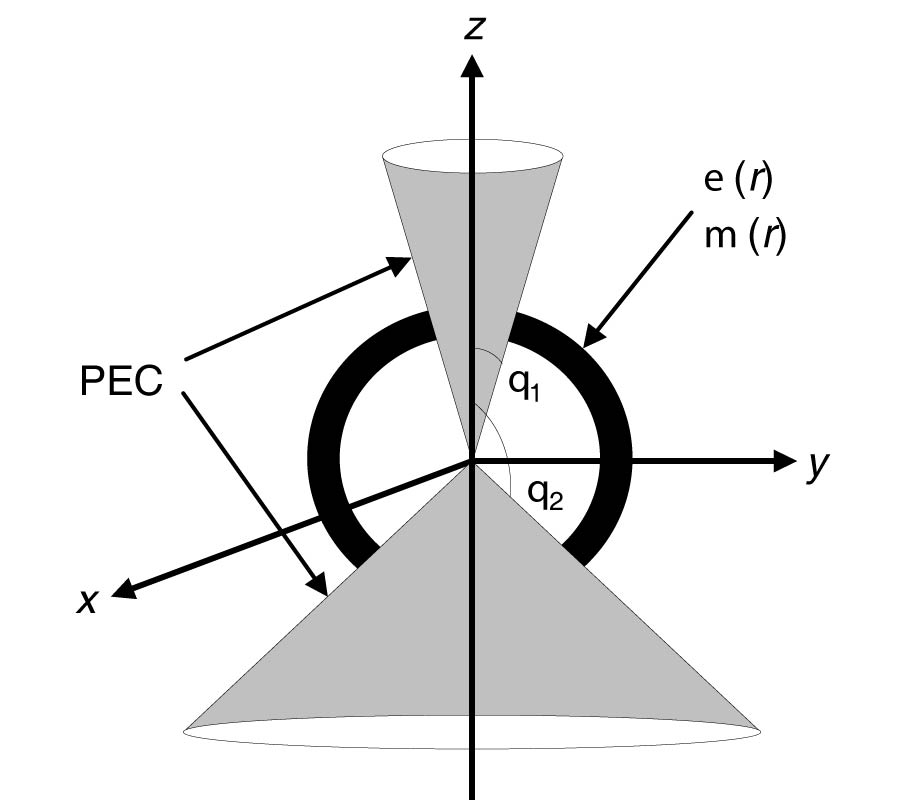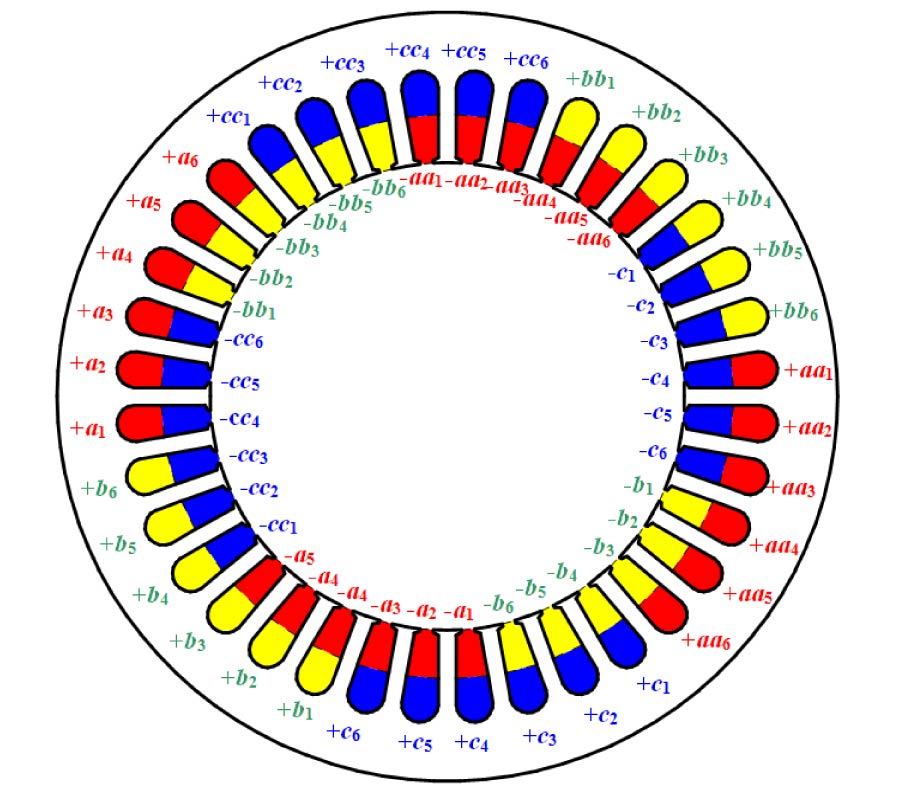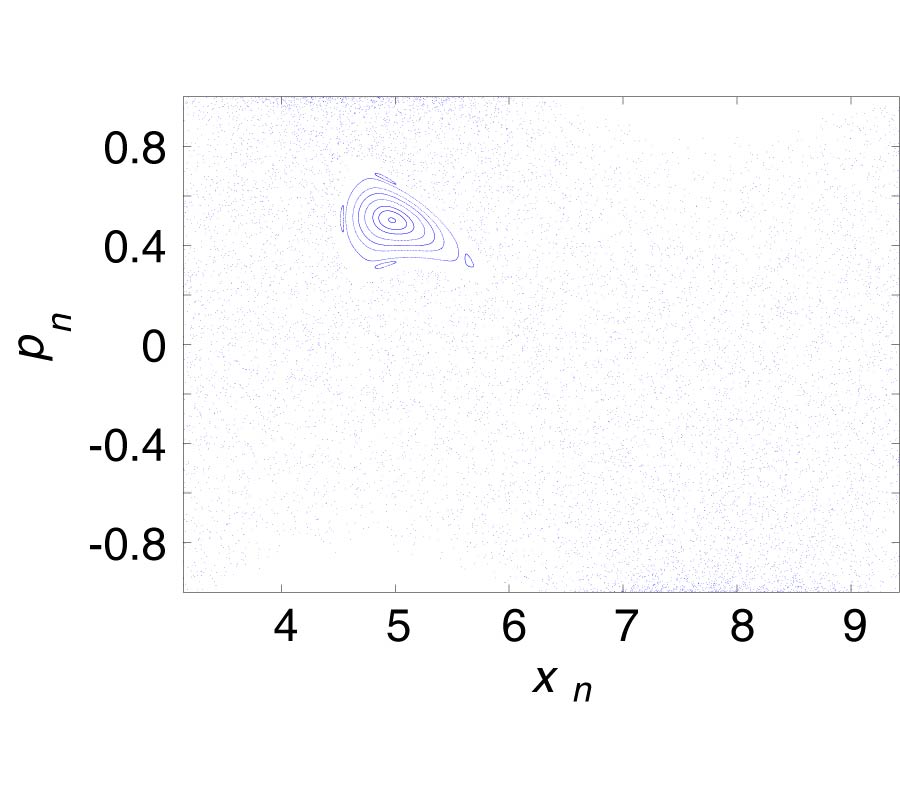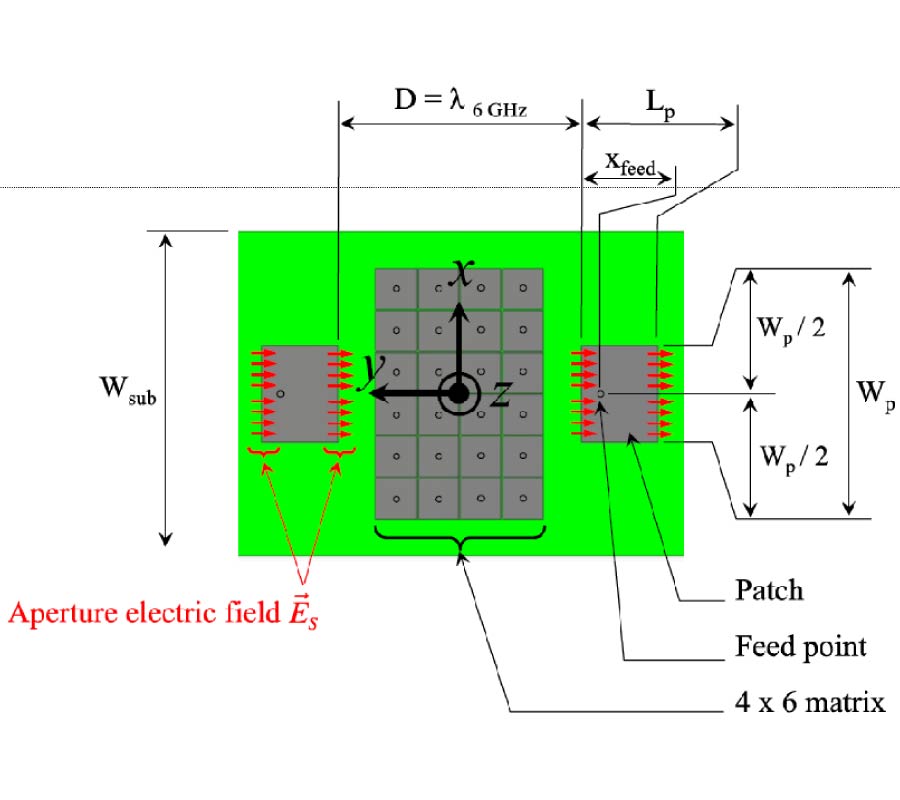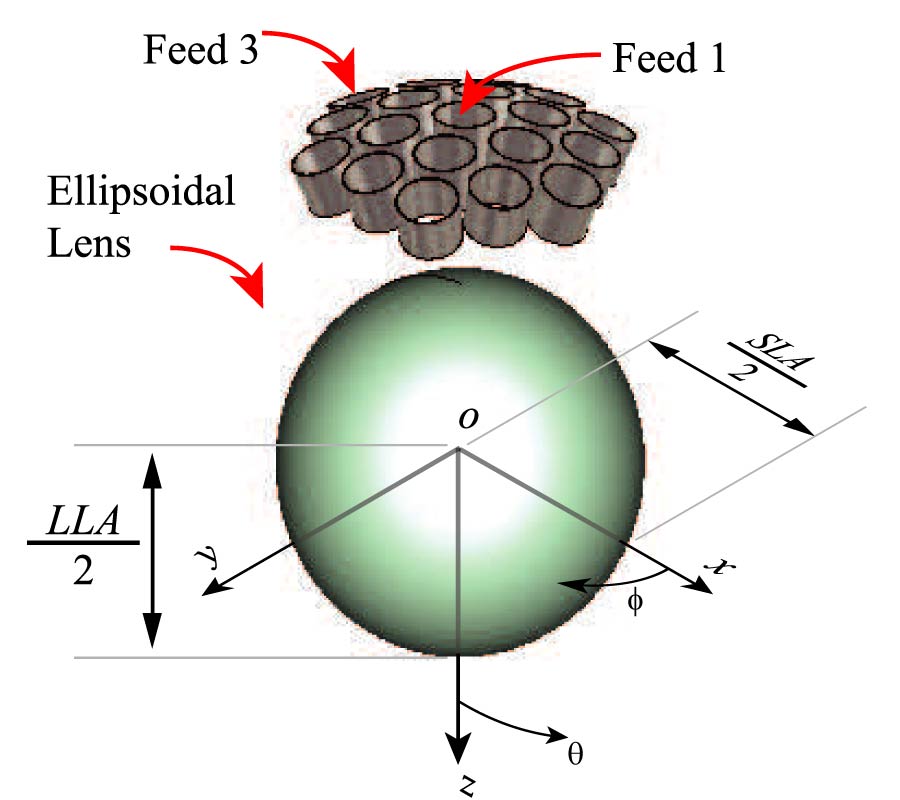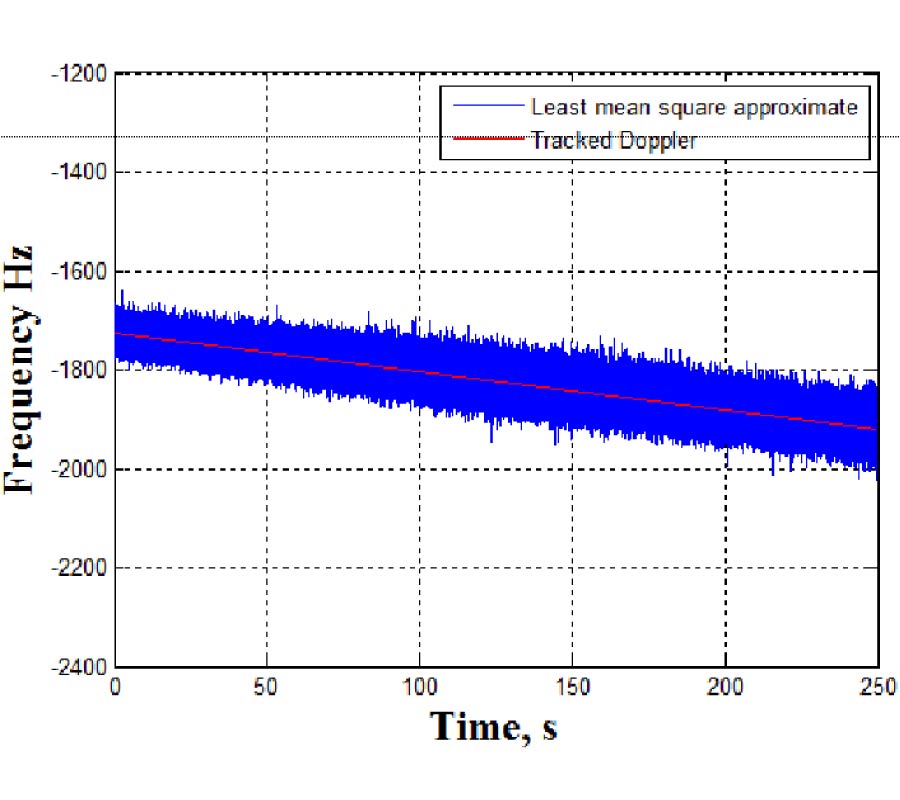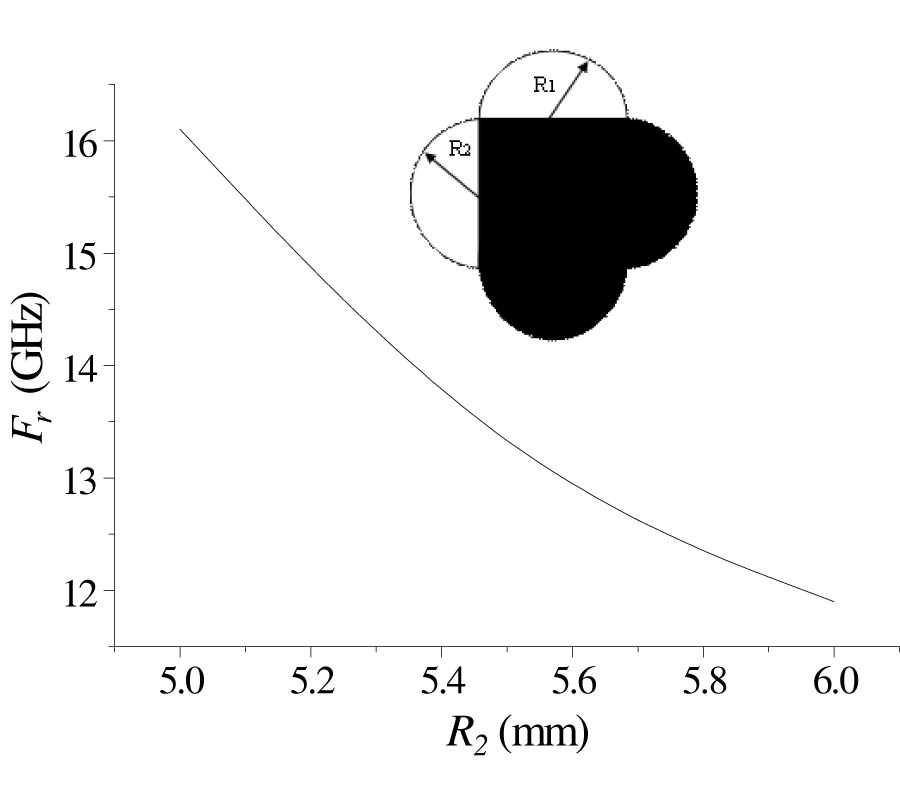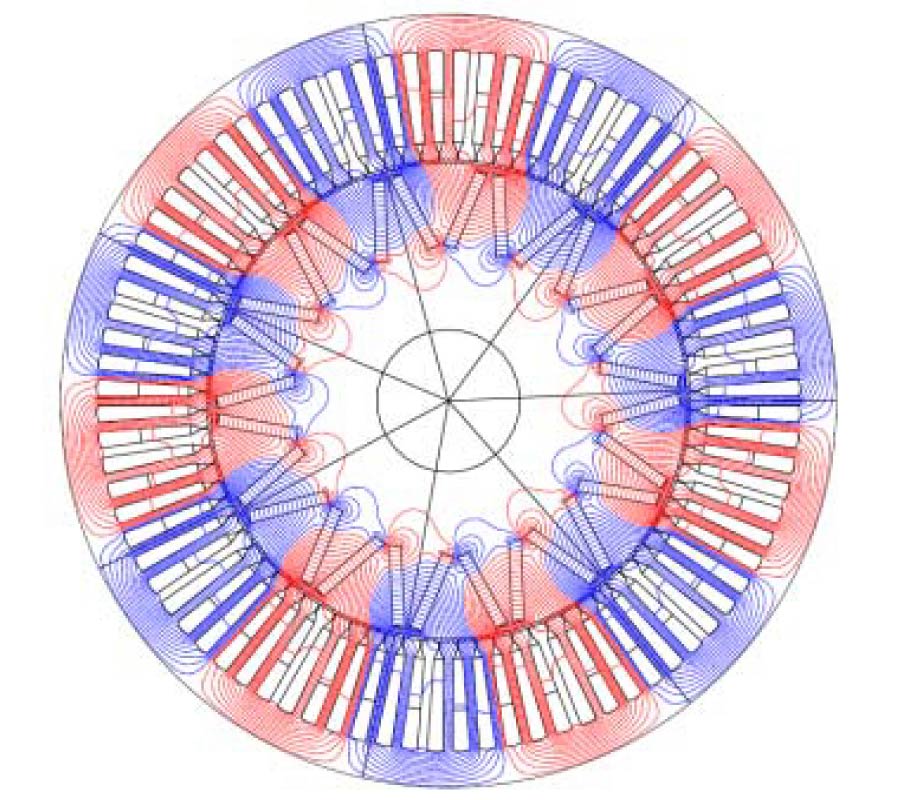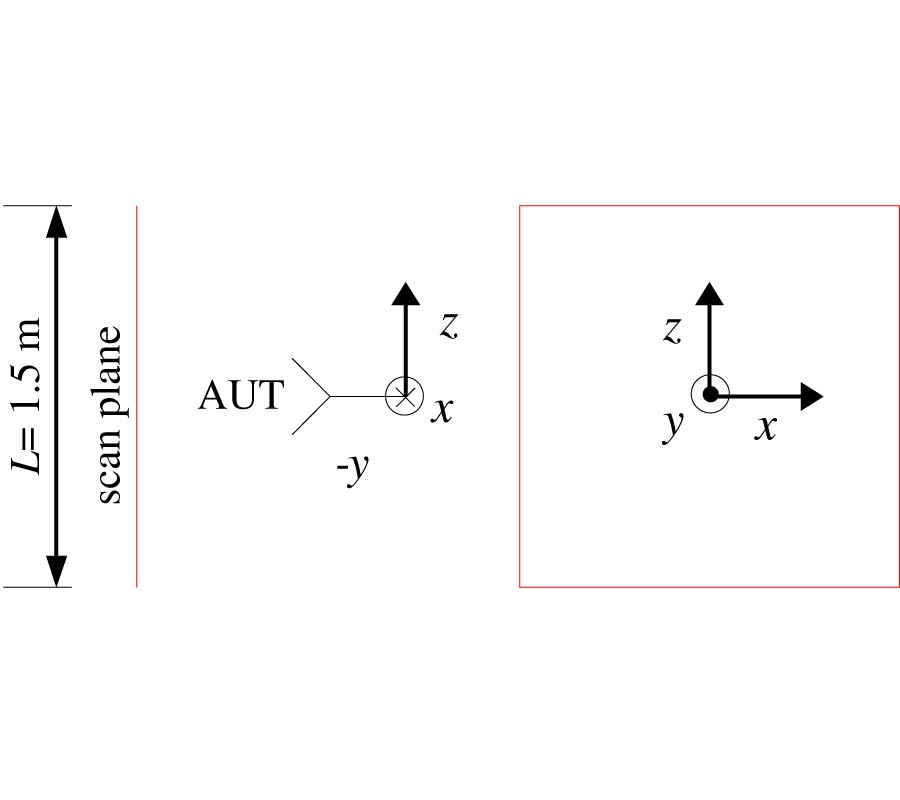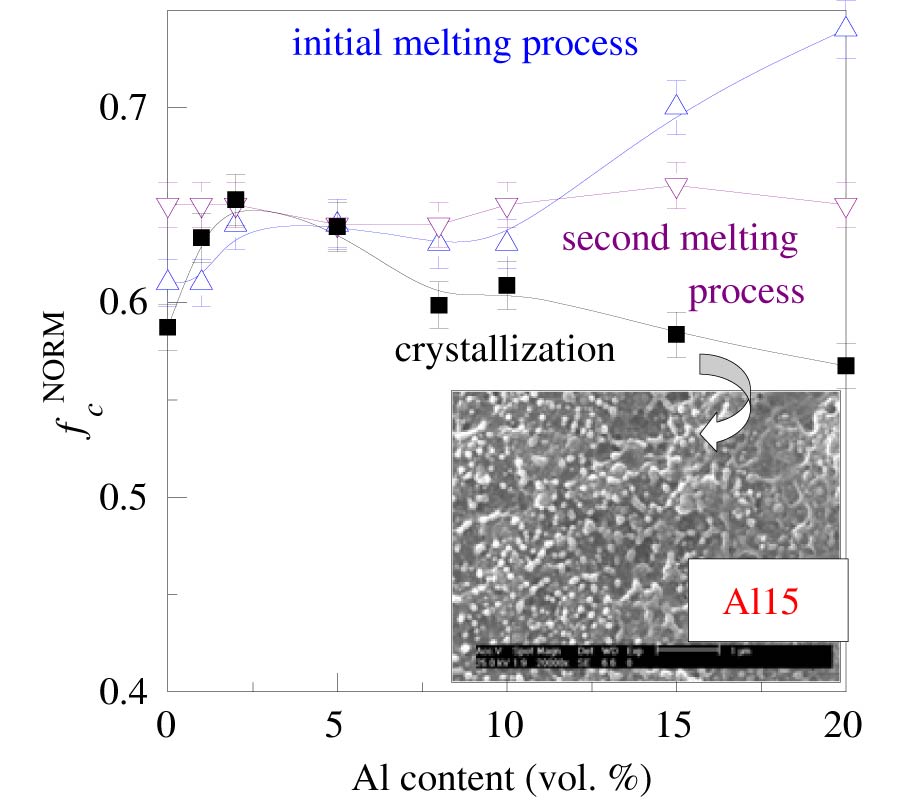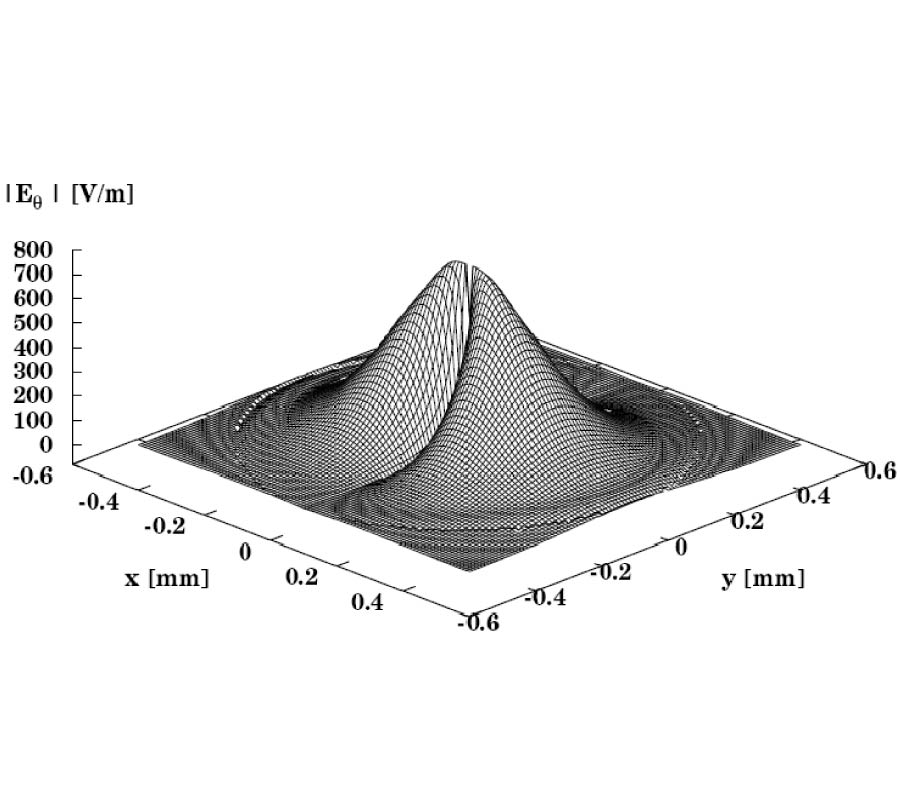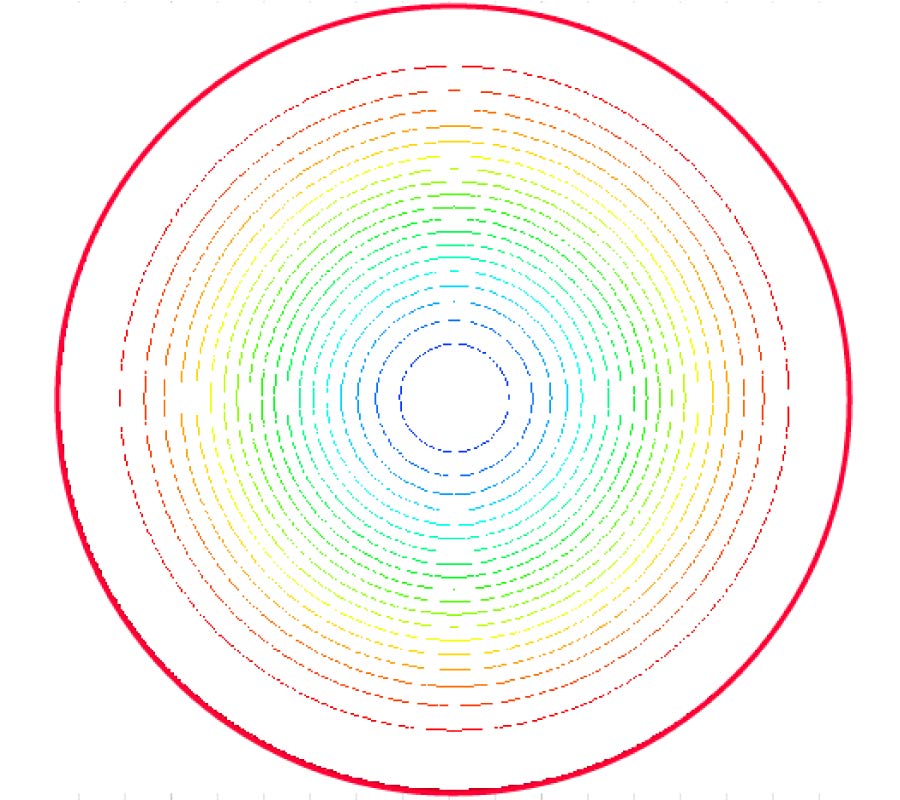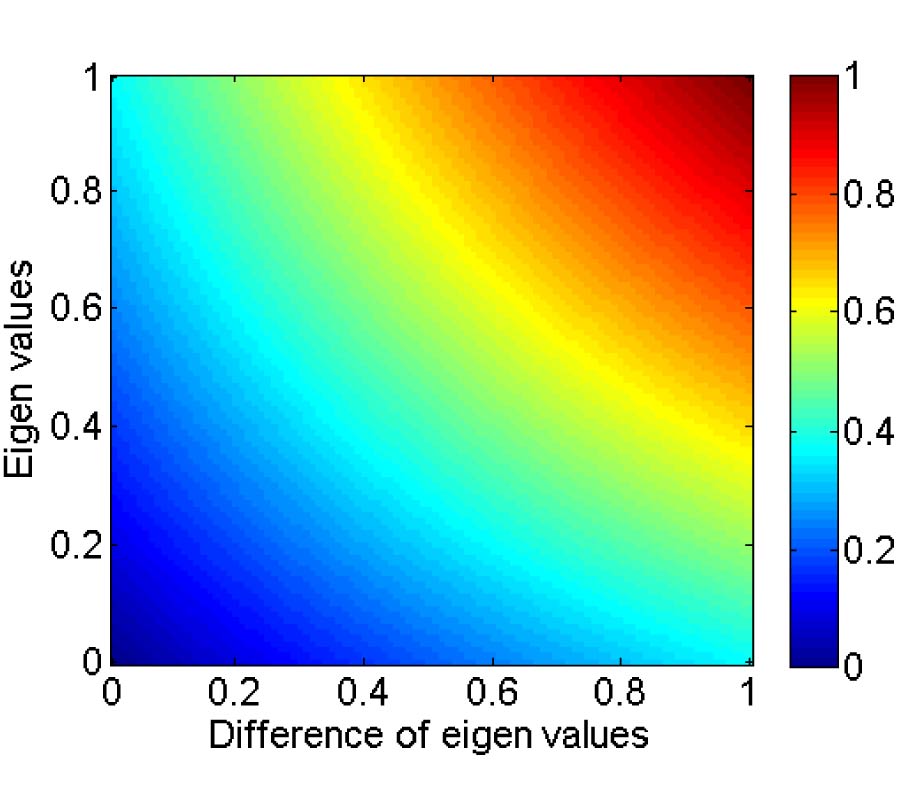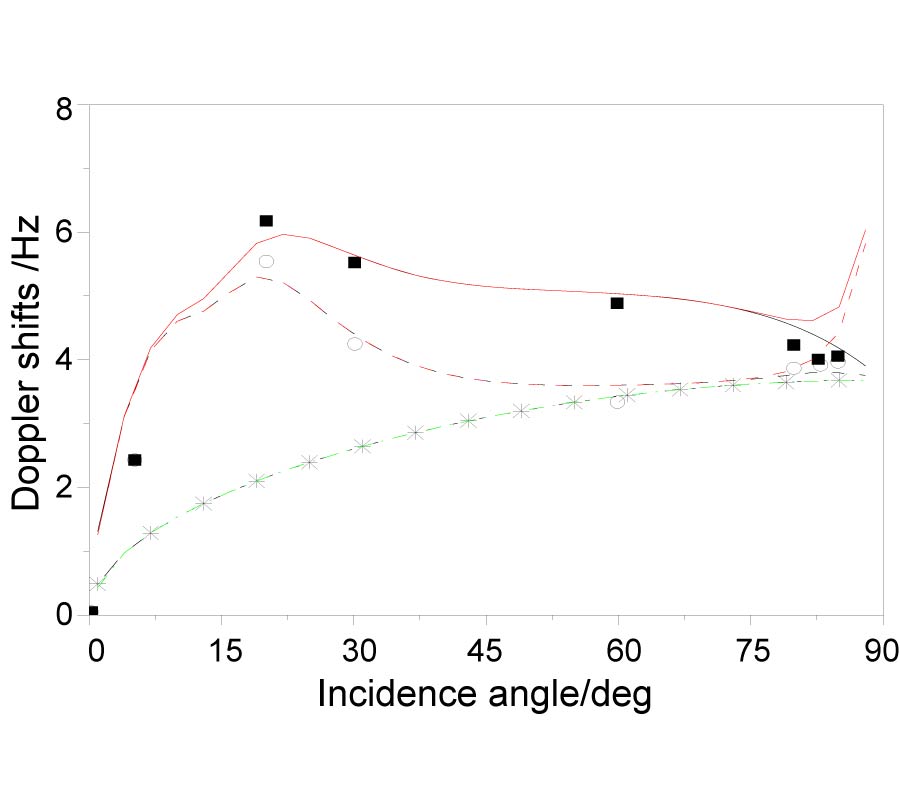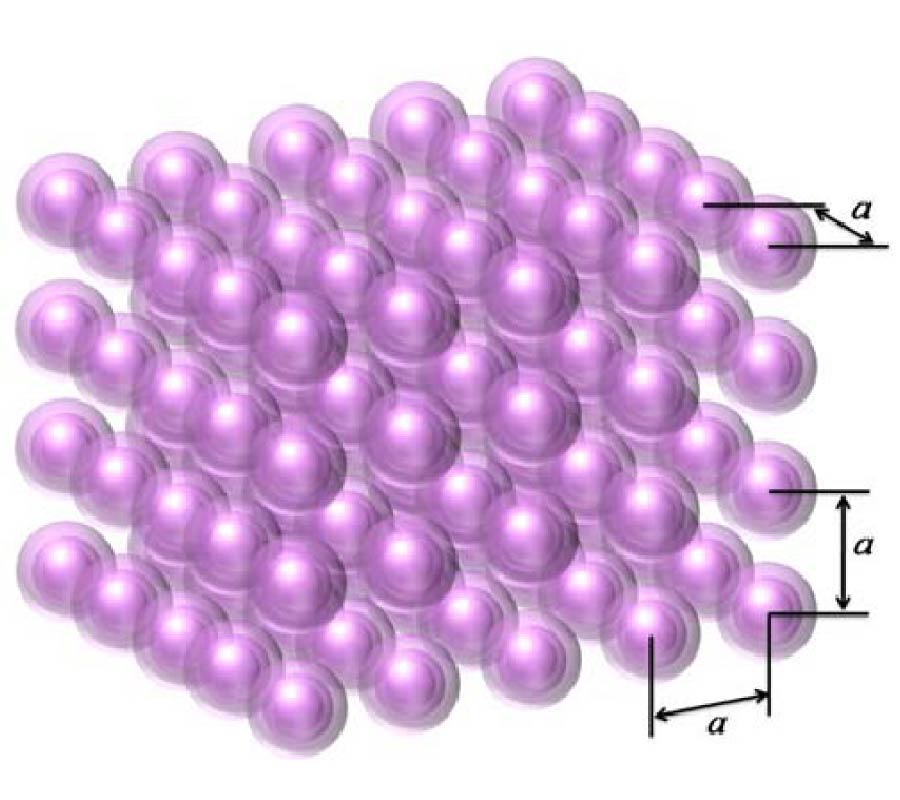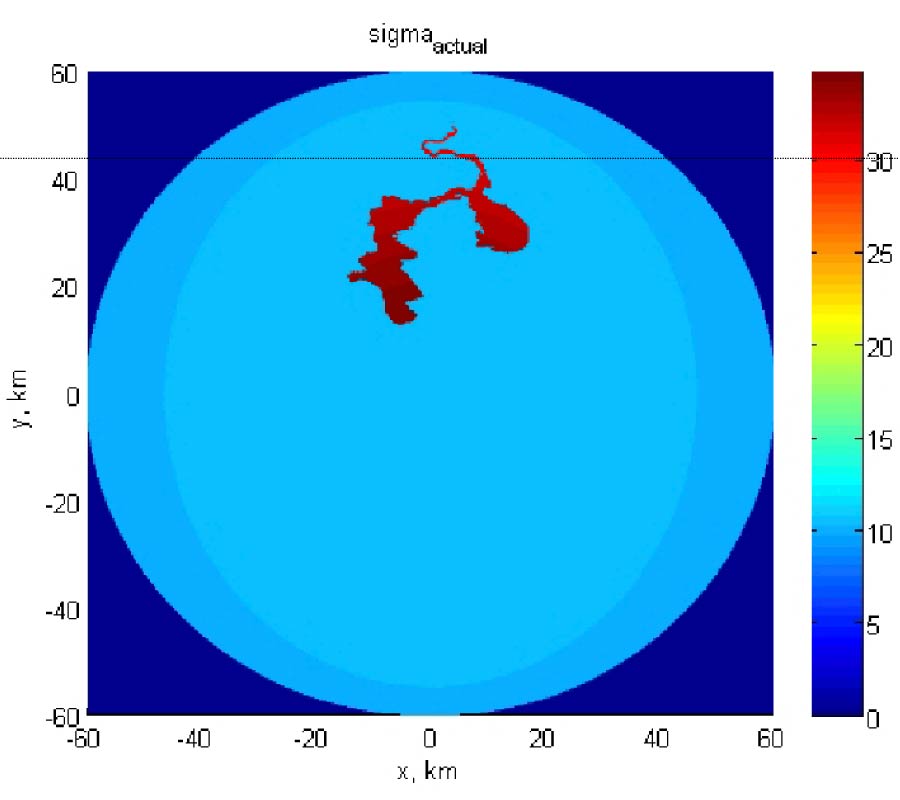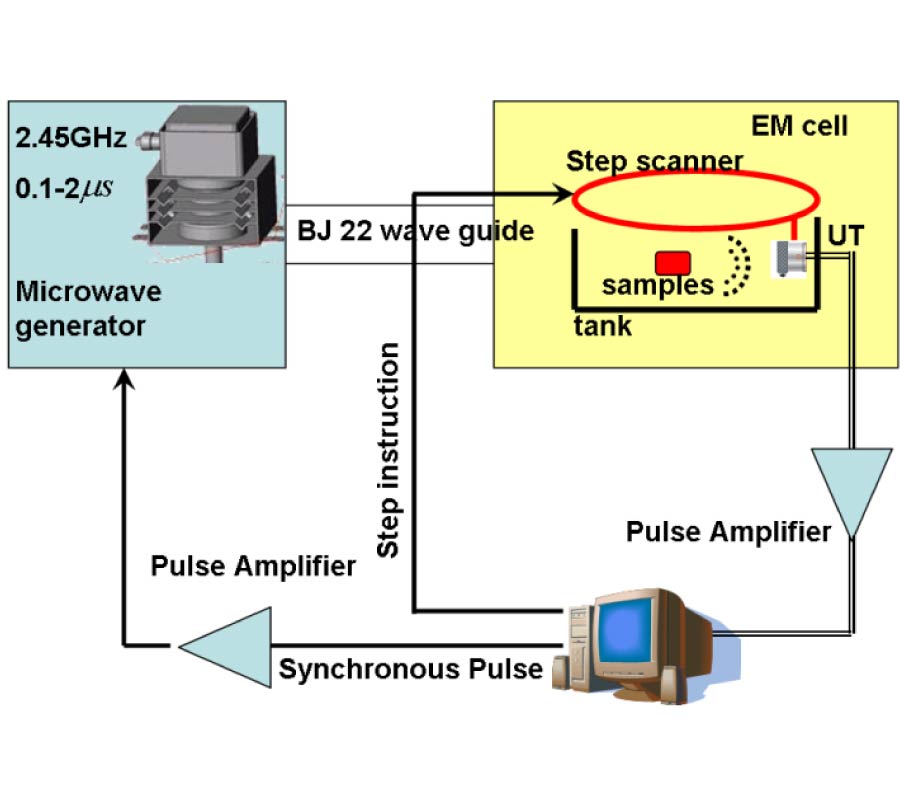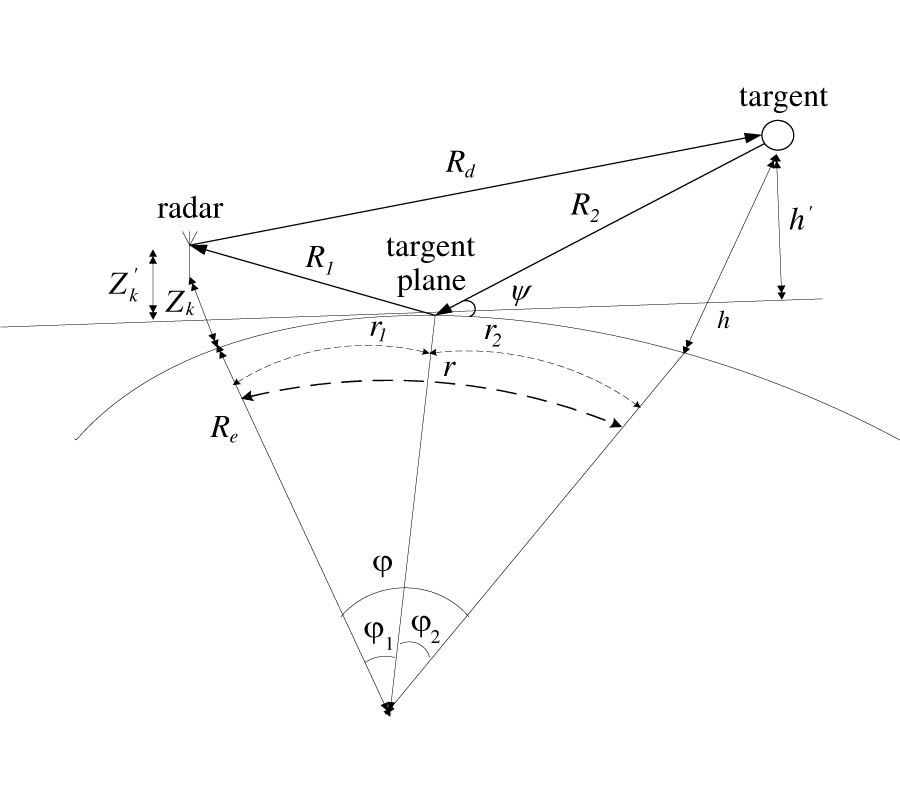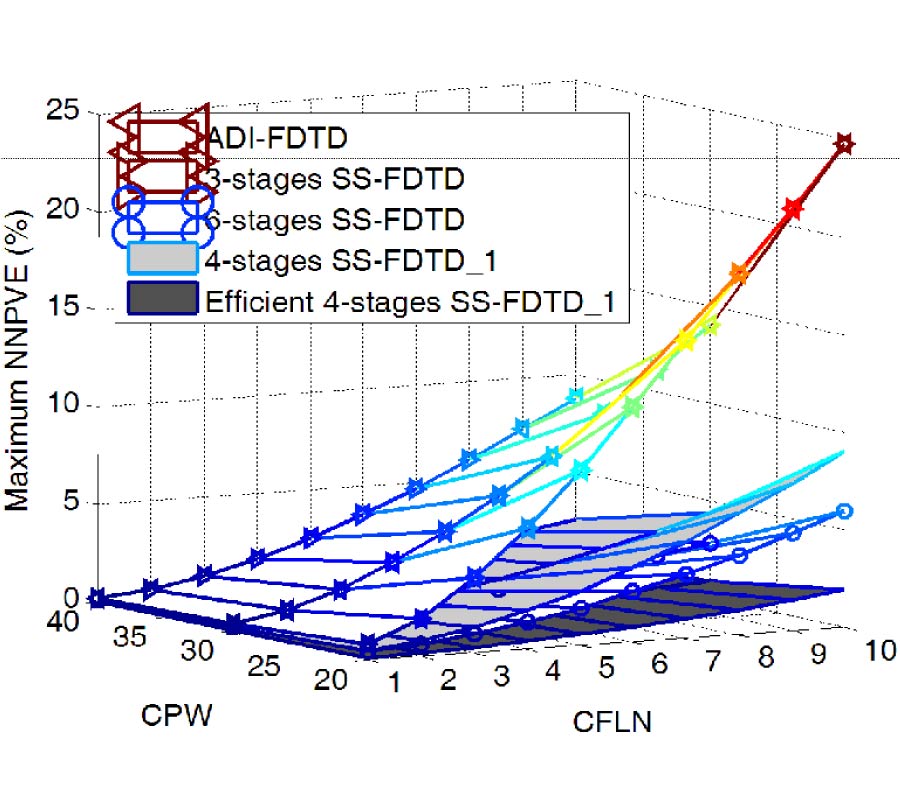Low-Grazing Angle Target Detection and System Configuration of MIMO Radar
Jincan Ding,
Hao Wen Chen,
Hongqiang Wang,
Xiang Li and
Zhaowen Zhuang
In this paper, we focus on target detection and system configuration optimization of Multiple-input Multiple-output (MIMO) radar in low-grazing angle, where the multipath effects are very abundant. The performance of detection can be improved via utilizing the multipath echoes. First, the reflection coefficient, considering the curved earth effect, is derived. Then, the general signal model for MIMO radar is introduced for low-grazing angle. Using the Neyman-Pearson sense, the detector of MIMO radar with multipath is analyzed. We use the deflection coefficient as a criterion of system configuration both for MIMO radar and phased-array radar. The simulation results show that the performance can be enhanced markedly when the multipath effects are considered, and the optimal configuration of phased-array radar is with the same number of transmitters as that of receivers, however, the optimal configuration of MIMO radar depends on the signal-to-noise ratio (SNR).
